- How to Turn Dirt Into Grass and Create Beautiful Backyard - May 27, 2021
We are entering one of the best seasons of the year. The change over from winter to spring can be a tough one, as winter doesn’t always want to let us go from its icy grip, but we’ve made it once again.
Once all the snow has melted and our lawns start to come alive again, we become aware of any dirt or patchy spots that our yards may have. It’s even tougher if you live on a plot that was recently built or have a lawn that is just patchy and unhealthy looking.
Transforming dirt into grass is easier than you might think. You just need the right tools, knowledge, and a little bit of patience, and your lawn can go from desolate to vibrant just in time for you to be able to enjoy it. Having a green lawn is more than just an appearance issue.
Yes, a green lawn looks a whole lot better than one made up of dirt, but a nice-looking lawn provides a variety of other benefits to you, your family, and the environment.
Benefits of a Green Yard
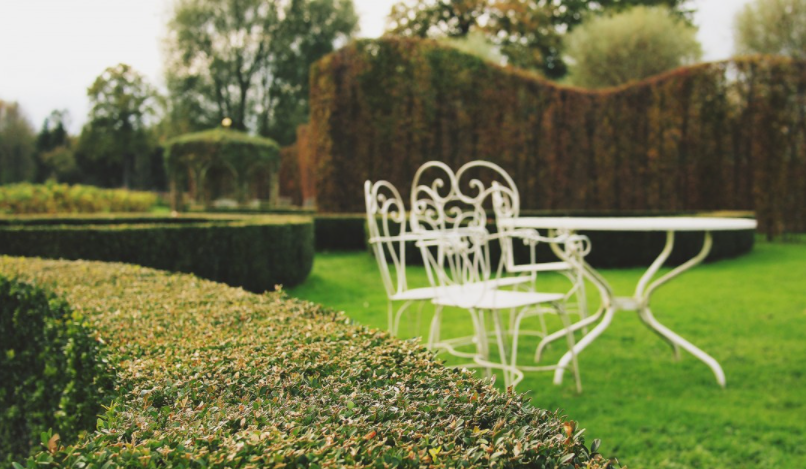
A healthy and sustainable lawn offers a lot more than just something nice to look at. A healthy lawn increases soil stability throughout its deep and very expansive root structure system. This helps to reduce land degradation and erosion from wind and water.
A fact that you might be unaware of, is that a healthy lawn helps cool the air. In a study conducted by Mississippi State University, a healthy lawn offers the same cooling effect as an 8.5-air conditioning compressor. Roughly half of the heat energy directed at grassy areas is eliminated by evapotranspiration. Non-vegetive surfaces, such as rock, cement, and artificial turf don’t offer the same cooling effects, and in some cases, can increase ground-level temperatures.
Healthy lawns also double as natural filters and help to take out dust, pollutants, and particulate matter from the air and water. Some experts believe the number of pollutants to be filtered by lawns each year to be roughly 12 million tons.
Healthy lawns also help to cancel out noise pollution, especially in areas with a high concentration of people. An inviting and healthy lawn also adds property value and it can be a big selling feature for potential buyers down the road if you go to sell.
Step by Step Instructions
#1. Timing is Everything

To give your new lawn the best chance at growing big and strong, you need to be aware of when you’re laying down the grass seed. Various grass seeds also require different temperatures. There are cool-season grasses, such as Kentucky bluegrass, perennial ryegrass, or tall fescue, which are all examples of cool-season grasses.
They need to be planted in the spring or early fall. If you were to plant them too late in the spring or early summer, there is a chance that they will not be able to establish a strong enough root system to survive.
If you plan on using warm-season grass, like zoysia, centipede or Bermuda grass, you need to do it in the early summer. These types of seeds need to be planted when the soil is warm before they will germinate.
#2. Find the Right Seed
Now that you know about the different kinds of seeds and the season they are best planted in, you need to decide on what kind you want to use. The different varieties of grass offer various advantages and disadvantages. You have to ask yourself a few questions before you decide on which grass seed to use.
Is the area you’re laying seed a high foot traffic area? Do you have pets? What kind of sun does the area get? How much lawn maintenance are you able to do? Consider all of your options and do some research to find out what the best grass seed would be to use on your lawn.
#3. Get the Soil Ready

Going from dirt to grass takes a little bit of effort, but is so worth it in the end. Start by getting rid of any rocks or other debris out of the dirt. You will also want to work the soil over with either a tiller for larger areas or even just a hard rake to break up the compacted dirt into pieces smaller than a marble.
#4. Even Out the Dirt Surface
Before you even think about laying down seed, you need to ensure the grade or level of the space you’re working with is level. Now is the time to do that. Changing the grade of a surface can help to reduce rainwater flooding, increase growth, and is also done for cosmetic purposes.
If you have some serious grading that needs to be done, get yourself some clean fill dirt. I know it sounds weird, but clean-fill dirt is just dirt that doesn’t have any toxins, organic matter, or debris in it. You may need to rent or borrow larger machinery if you’re doing a whole yard, but a hard rake is fine for smaller areas.
To level your surface out, you want to place the clean fill dirt in the lowest part of the area being worked on and pull it up to meet with the height of the rest of the yard. It takes a little bit of time, but it will help your lawn look even so much better when everything is finished.
#5. Improve Your Soil Quality
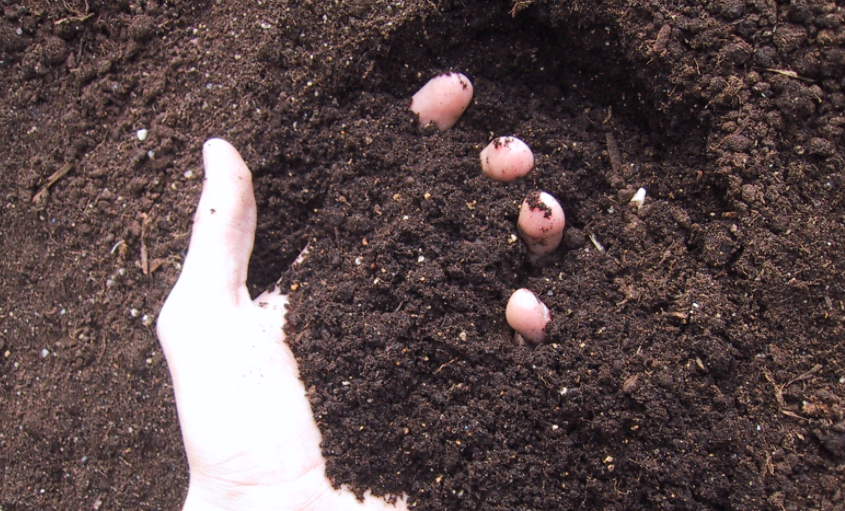
Now that you have a level base, you need to help improve the quality of your soil. Dirt does have a lot of nutrients in it that can aid in the growth of your grass seed, but you need something a little extra. To do this, you need to grab some topsoil and spread it thinly over the parts that you’re working on.
You then want to mix it in with the clean fill dirt you’ve already added until you can’t see a separation between the two. Using a simple rake will do the job.
If you haven’t had success trying to grow grass in your yard before, try utilizing a pH test kit. It will be able to help tell you if the soil in your yard is too high in acidity. If this is the case, you will want to add aluminum sulphate to the soil to decrease its acidity levels.
This can be a tricky process, so make sure you do your homework first and are wearing the proper PPE when using any sort of lawn chemical.
#6. It’s Time to Seed and Feed
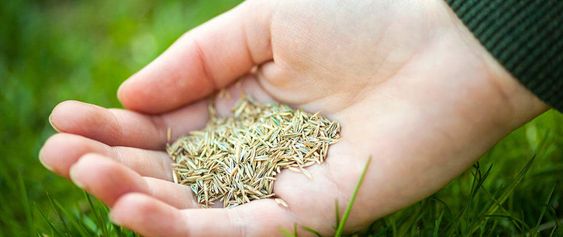
Now it’s time to put down your grass seed and fertilizer. Generally, it doesn’t matter which one goes down first. Unless the bag of seed or fertilizer you have says otherwise. Make sure to read both labels before doing anything.
When laying both products, you want to go in a slow but steady back and forth motion making sure to overlap just slightly. It doesn’t matter if you’re using a spreader or doing it by hand, this method will help yield the best results.
Try to avoid getting any grass seed or fertilizer in your garden beds or on your sidewalk or driveway if at all possible. You should always wear gloves when working with fertilizer as well. A simple pair of garden gloves will do the trick.
#7. Add More Soil
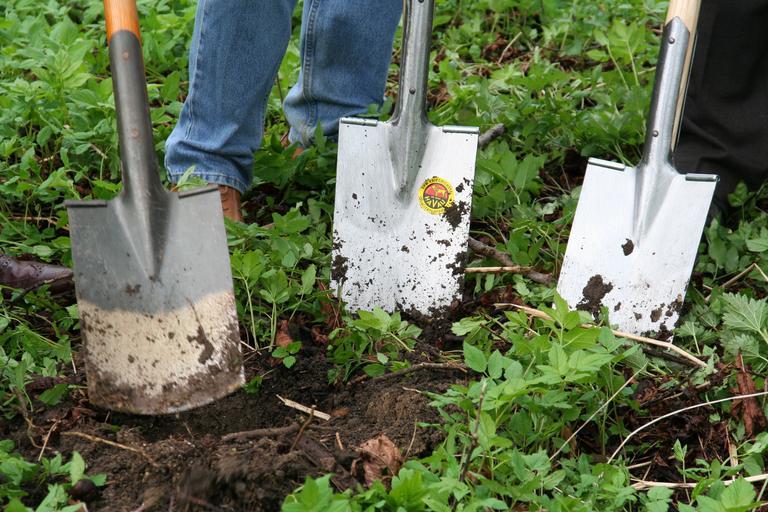
After you’ve put down the grass seed and fertilizer, you’re going to want to lay another thin layer of soil over top. This will help prevent the seeds from either washing away when it rains or drying out.
Loosely shovel the soil over the seeded areas and then use the back of a rake to slowly drag it until the surface is even. You don’t want to overdo this. Raking too hard could pull seeds away and that could lead to inconsistent growth.
#8. Water Where You Have Seeded
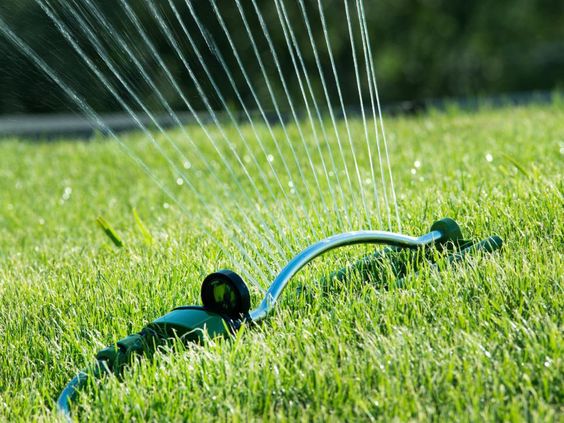
The last step in turning dirt into grass is to water all the areas you have seeded. This step requires finding a delicate balance.
You don’t want to overwater, as that could wash away the seeds and stunt growth. But you don’t want to underwater either, as the seeds could dry out and fail to germinate. The key thing you want to look for is that the top inch or so of soil remains consistently moist but not soggy.
If it’s hot out, you will want to mist your yard at least once a day. After your grass seeds have begun to germinate, you will then want to keep the top two inches of soil moist. Continue watering like this until your grass reaches a height of around three inches. Once your grass has reached that height, reduce watering to twice a week or so depending on the weather.
These watering’s should focus more on really soaking the soil down six to eight inches. This helps to encourage the roots of the grass to grow deeper into the soil and become stronger.
The Yard Tools All Homeowners Should Own
If you’re someone who enjoys being outdoors and taking care of your lawn and gardens; there are some tools that you must have to be able to keep up proper maintenance. Whether you have a green thumb or not, here are the tools that you need to help ensure your lawn and garden continue to thrive all year long.
- Weeder to help keep weeds down in your yard without using nasty chemicals
- Hand trowel for light digging
- Pruning shears to keep branches from getting out of hand
- A good hose or sprinkler system
- A curved blade digging shovel
- A full flat digging shovel, also known as a spade
- Rakes – ones for leaves and a hard rake to help dethatch your yard
- A garden hoe
- A good pair of gardening gloves
- Seed spreader
- A high-quality wheelbarrow
- A small stool or kneeling pad
- Leaf blower
- Weed trimmer and mower
Many of these tools you may only use occasionally, but it’s nice to have them on hand. You will be using a few things off this list as you transform your dirt yard or dirt spots into beautiful green grass.
So, there it is. Step-by-step instructions on how to turn dirt into grass. I wish you luck in your backyard endeavors. A healthy and flourishing lawn isn’t just something wonderful to look at. It’s also a wonderful place to walk around barefoot, play with your kids or just enjoy the great outdoors with family or friends.
FAQs
Answer: Increase the soil’s drainage in your yard and fix compacted soil with an aerator. Push a core aerator back and forth across your yard. This will dig up small plugs of dirt, which will allow for water to get deeper into the soil.
Answer:
Step 1: Aerate your lawn and remove all the plugs of dirt that come out.
Step 2: Prepare your top dressing.
Step 3: Apply your top dressing.
Step 4: Water and smooth out soil with a rake.
Step 5: Plant grass seed if needed.
Answer: Although different lawns require different types of fixes, many problems can be fixed by utilizing a few simple methods. If you have holes from moles or other creatures, fill them up with soil. If the grass isn’t growing, aerate, lay down some topdressing, spread out grass seed, put more soil on top and then water. If you have dead patches of grass, follow the previous steps mentioned.
Answer: The easiest way to get a yard of grass without laying sod involves a few simple steps. Till your yard to break up the dirt. Add clean dirt fill and mix it into the soil. Evenly spread the grass seed and fertilizer using a spreader and slightly overlap with each pass.
Add more clean dirt fill on top of the grass seed. Use water to moisten the top inch of soil but don’t over wet. Repeat this until you have three inches of grass. Once you have that length, lessen your watering’s to brief morning and evening soaks.
Further Reading on Lawn Care & Grass Varieties:

